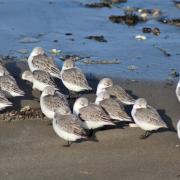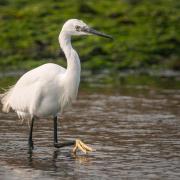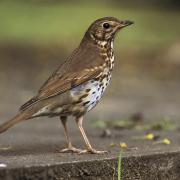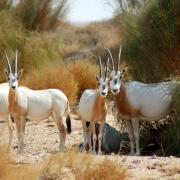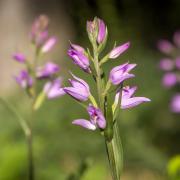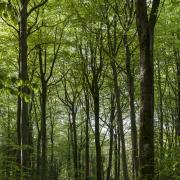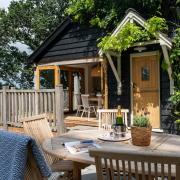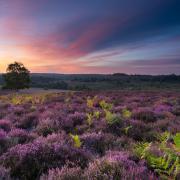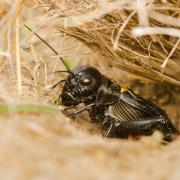Whether your outside space is vast or small, you can do your bit to make it wildlife friendly says Debbie Dawkins from the Wildlife Trust
About a fifth of the land in our towns and cities is gardens. Not only do gardens prevent flooding, keep our air clean, and make us healthier and happier – but they are of course great opportunities for us to create a home for wildlife right in the heart of our communities.
Gardens provide a vital network of green spaces throughout our neighbourhoods, which help wildlife live, feed and get around. We have the power to create green corridors both in our towns and countryside.
It doesn’t even matter whether your outside space is a balcony, an acre of land, or something in between – with some 16 million gardens in the UK, we can make a big difference to our local wildlife.
Welcoming wildlife into your garden also doesn’t mean your garden has to be a messy jungle. Gardening for nature is now very fashionable, with wildlife gardens featuring at the major national garden shows. There are plenty of ways to create a stunning space to enjoy at the same time as being wildlife-friendly.
In towns and cities the diversity of gardens along a street is brilliant for fostering a range of creatures – with different borders, hedges, ponds, trees, shrubs and flowers, there’s room for all sorts of wildlife.
It can be as simple as choosing plants with hungry wildlife in mind – flowers such as lavender, crocus, snowdrops and sunflowers are all fantastic food for bees, and are gorgeous to have in your garden. Shrubs and trees with berries such as hawthorn, yew, holly, elder and blackthorn are a great natural source of food for visiting birds.
As well as providing food, we can also create homes for wildlife. A window box could provide ladybirds and other insects a sheltered place to hibernate over winter. Ponds are also a haven for wildlife – not only do they host all manner of insects and amphibians like dragonflies and frogs, but they are a source of drinking water to thirsty birds and animals.
Rather than building a boundary fence, you can plant a native hedge – which looks much more natural, and attracts birds, insects, moths and butterflies. And of course bird boxes, bee hotels and bat boxes are easy ways to help them find somewhere to live and bring up families too.
If you have the room, a compost heap is a great way to reduce the amount of waste your family throws away, create a home for bugs and reptiles and make your own free eco-compost. Unfortunately much compost available in the shops contains peat, extracted from and destroying sensitive nature havens across the country. With a compost heap, you know where your compost has come from and can be assured that it’s not harming the unique plants, insects and birds that depend on peat habitats.
Like so many things, wildlife gardening is not only good for nature, but it’s good for us too. As any gardener will tell you, a solid afternoon’s work in the garden can be as challenging a workout as a gym session. But more than that, green spaces help alleviate stress, relax us, and keep us healthy. The enjoyment from seeing wildlife visitors in your garden makes it well worth the effort.
More than half of our members at the Hampshire & Isle of Wight Wildlife Trust join us to find out more about wildlife gardening. We also award certificates and plaques to wildlife-friendly gardeners throughout Hampshire and the Isle of Wight.
Our regular members’ magazine and website offer some great tips from experts and gardeners alike sharing ideas and tips for how to make your outdoor space as wildlife-friendly as possible. Find out more on www.hiwwt.org.uk.
***
READ ON
• How free access to nature in Hampshire can improve health - Barely a week goes by when we don’t hear on the news about the incredible strain our health system is under. Whether it’s overstretched A&E departments, or older people in our communities becoming frailer – it’s clear something needs to change for the NHS to cope.






